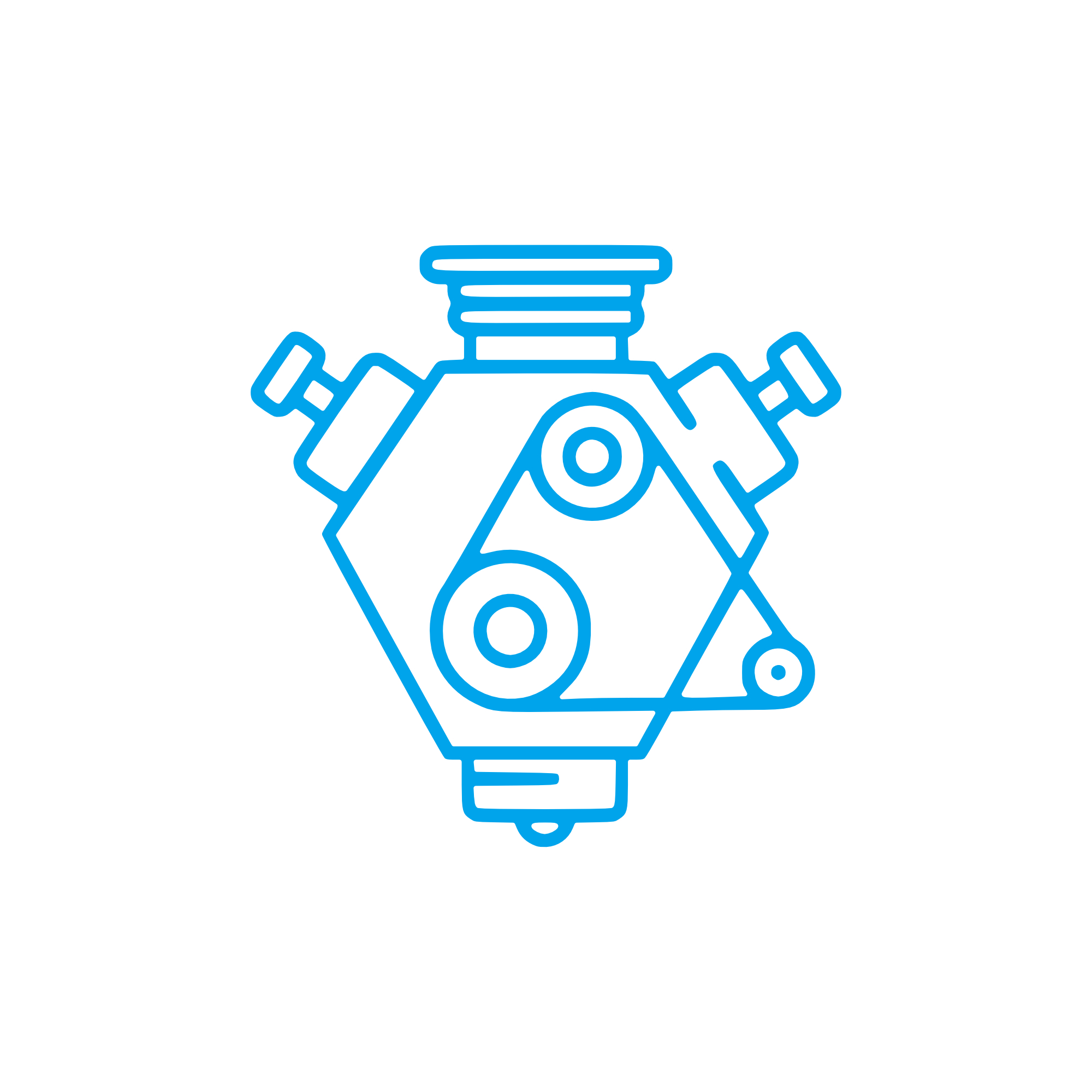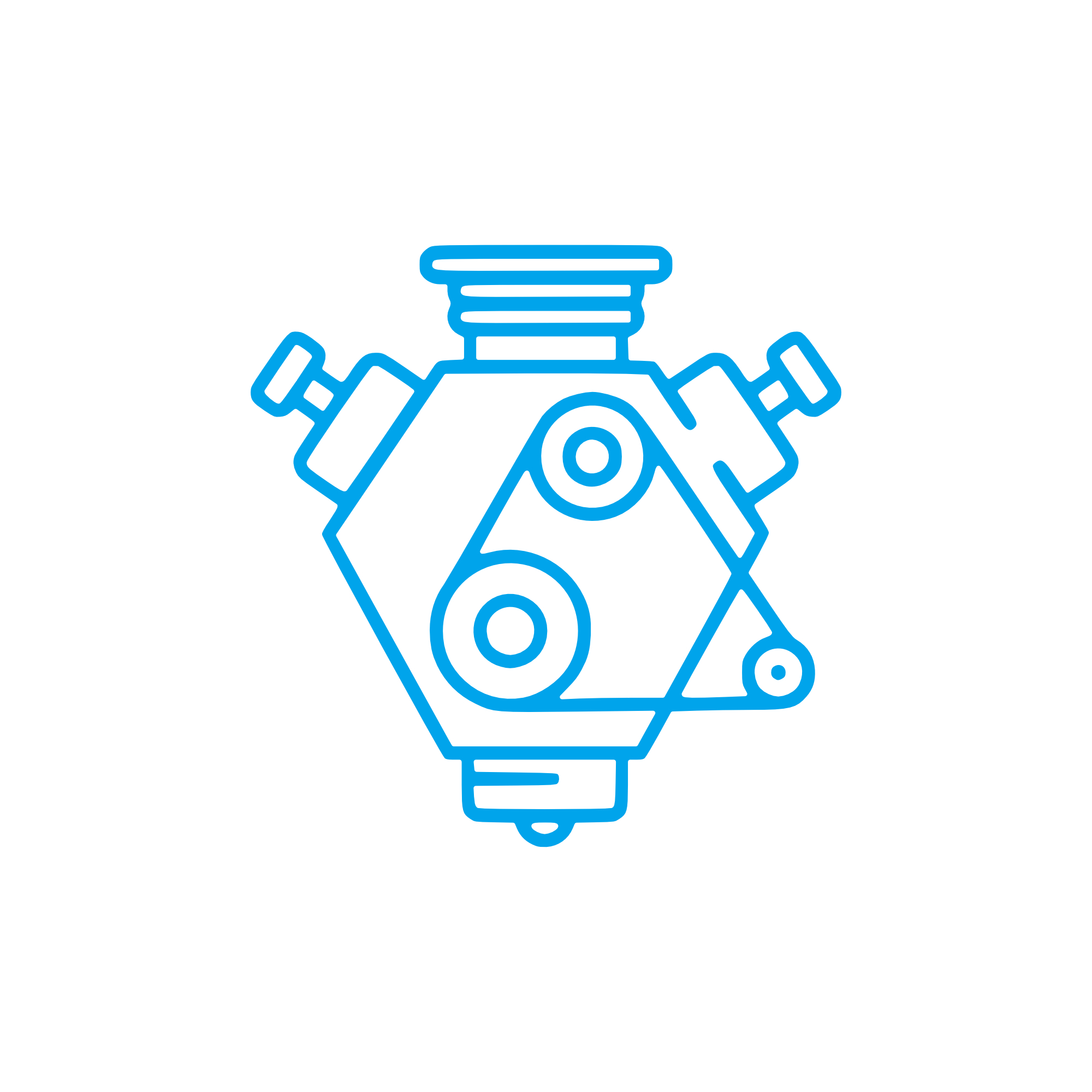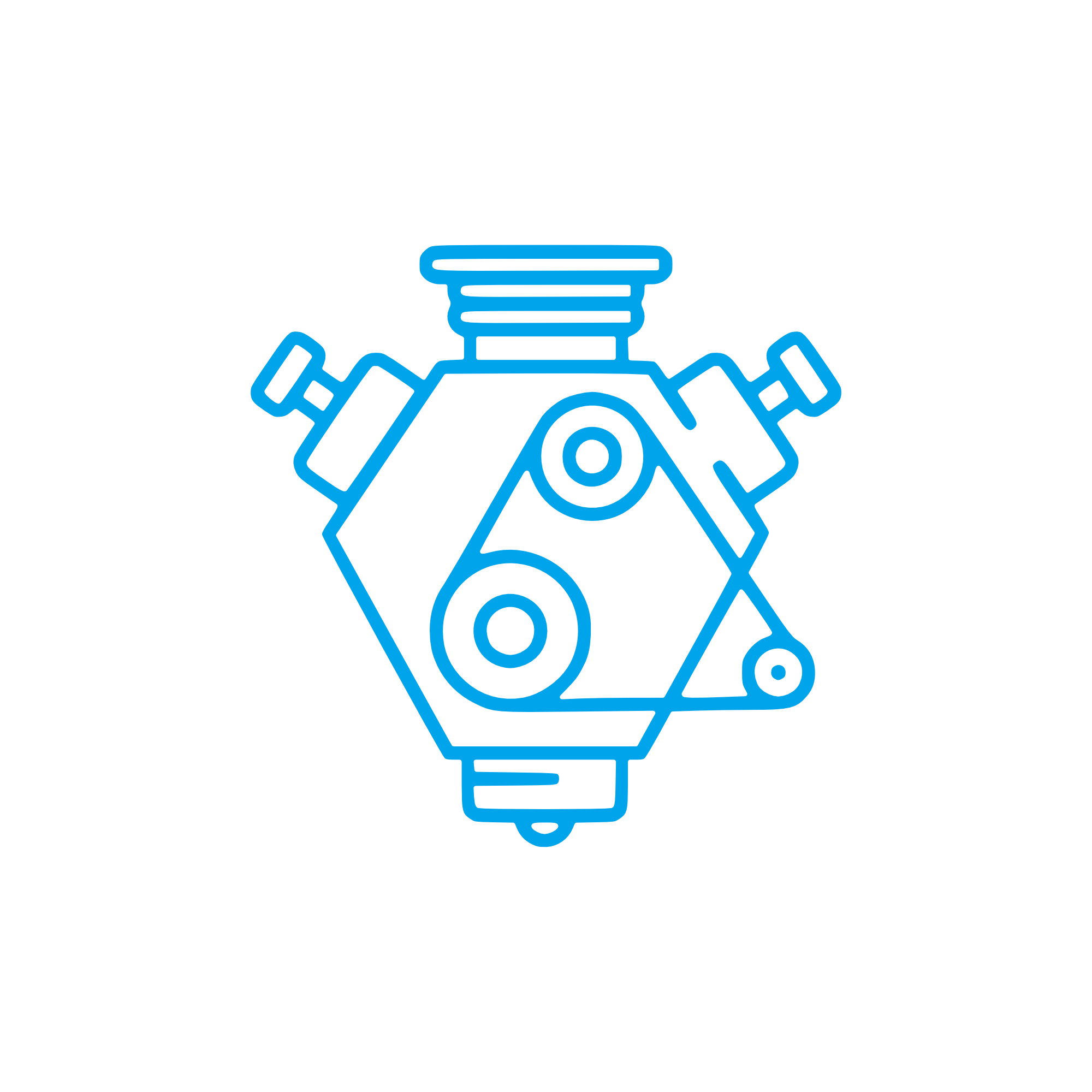MAIN BEARING HALF for Engine drive components
Engine drive components are the backbone of power transmission in any combustion engine, from compact gensets to large-bore marine propulsion systems. They include the crankshaft, connecting rods, couplings, flywheels, torsional dampers, thrust and main bearings, and precision fasteners—each part working together to convert combustion force into reliable, controllable rotation. Within this system, the MAIN BEARING HALF supports the crankshaft journals and stabilizes the rotating assembly, enabling smooth motion, accurate alignment, and dependable lubrication. Without robust drive components, no diesel engine or gas engine can achieve the performance, uptime, and lifecycle efficiency demanded by modern operations.
In heavy-duty applications—such as a marine engine running long duty cycles—engine drive components must withstand high loads, fluctuating temperatures, contaminated fuel environments, and dynamic torsional vibrations. Specified clearances, material pairings, and surface finishes become critical. That is why the correct MAIN BEARING HALF selection and condition directly influence bearing film formation, crankshaft stability, and overall engine durability.
Technical function of engine drive components and the role of MAIN BEARING HALF
Engine drive components transfer and stabilize power from combustion to the driven system. The crankshaft converts linear force into torque; couplings and gear trains transmit this torque; dampers manage torsional oscillations; and bearings keep everything aligned. The MAIN BEARING HALF is a split plain-bearing shell that supports each main journal of the crankshaft inside the block or bedplate. In a diesel engine, it is precisely manufactured to form a hydrodynamic oil film under load. As the journal rotates, oil is drawn into the converging clearance, creating pressure that separates metal surfaces. This film prevents direct contact, minimizes friction, and reduces wear—key to maintaining efficiency and output.
High-quality MAIN BEARING HALF shells for a marine engine typically use bi-metal or tri-metal constructions (e.g., steel backing with an intermediate layer and a soft overlay) to combine load-carrying capability with conformability and seizure resistance. Features such as oil holes, grooves, and anti-rotation tangs are engineered to match the block and journal geometry. Correct “crush” and bearing cap torque maintain immobility and concentricity. In practice, the bearing’s micro-geometry—surface finish, overlay thickness, and edge relief—directly influences oil pressure, temperature stability, and filtration demands.
Hydrodynamic stability, alignment, and safety
When paired with matched OEM parts, a MAIN BEARING HALF helps keep the crankshaft precisely aligned with the cylinder bores and gear train. Proper alignment preserves gear mesh quality, reduces coupling stress, and prevents axial thrust overload. It also lowers vibration and noise while protecting the journal surfaces against fatigue, cavitation, and corrosion. In propulsion duty, this stability improves fuel efficiency by reducing parasitic losses and ensuring consistent combustion timing.
Key characteristics and advantages of Engine drive components
· Robust power transmission under continuous load
· Stable crankshaft support and precise alignment
· Hydrodynamic lubrication for low friction and wear
· Effective vibration and torsional oscillation control
· High resistance to thermal and mechanical fatigue
· Engineered clearances for consistent oil pressure
· Long service life with predictable maintenance cycles
· Compatibility with diesel and gas engine platforms
Importance for engine operation and service life
Engine drive components determine whether an engine delivers rated power day after day. If a MAIN BEARING HALF wears beyond tolerance, clearances increase and the oil film becomes unstable. The results may include low oil pressure, elevated bearing and oil temperatures, journal scoring, and abnormal vibrations. In severe cases, misalignment propagates through the gear train and coupling, threatening seals and shafts, and potentially leading to crankshaft damage or seizure. Conversely, bearings in good condition maintain correct geometry, protect expensive rotating parts, and sustain the engine’s efficiency curve across the full duty range.
For operators of a marine engine, consequences of neglected bearing condition can be costly: unplanned off-hire, emergency dry-docking, collateral damage to the crankshaft and conrods, and contaminated lube systems requiring full-system flushing. Routine condition monitoring—oil analysis, vibration trends, and borescope inspections—combined with timely replacement of the MAIN BEARING HALF keeps reliability high and total cost of ownership low.
Advantages of OEM spare parts suitable for Engine drive components
Choosing OEM spare parts suitable for engine drive components ensures that each MAIN BEARING HALF, journal, and fastener matches the exact dimensional tolerances, materials, and surface finishes specified by the engine design. That precision translates into consistent oil film integrity, better load distribution, and repeatable installation quality. For purchasers and technical managers, it improves reliability while controlling budget through longer service intervals and fewer repeat interventions.
Why OEM parts matter for MAIN BEARING HALF in diesel and marine applications
• Dimensional accuracy: Correct wall thickness, crush, and housing fit protect oil clearance and pressure.
• Proven metallurgy: Layer structures and overlays are validated for load, temperature, and fuel quality variations.
• Updated engineering revisions: Bearings reflect the latest improvements in geometry, coatings, or oiling features.
• Traceability and documentation: Clear part identity supports class compliance and audit trails.
• Predictable lifecycle cost: Reduced risk of premature wear lowers unplanned spend and downtime.
When a MAIN BEARING HALF is sourced as part of a matched set of OEM parts, installers benefit from consistent tang positions, oil-feed alignment, and pairing with compatible thrust elements. This reduces fitting time, avoids rework, and helps maintain shaft-line alignment—critical for both propulsion and power generation.
MOPA as your partner for OEM spare parts Engine drive components
MOPA is an experienced and reliable partner for OEM spare parts suitable for engine drive components. We supply MAIN BEARING HALF solutions for diesel and gas engines across multiple platforms, supporting shipowners, yards, and power plant operators with fast response, technical clarity, and secure transactions. Our network enables short lead times, carefully verified quality, and packaging that protects precision surfaces in transit.
From inquiry to delivery, MOPA focuses on speed, quality, and security: rapid identification of the correct OEM parts, transparent documentation, and logistics designed for critical-path maintenance. Whether you need a single MAIN BEARING HALF for a marine engine overhaul or a complete set of engine drive components, we align with your maintenance schedule and operational goals.
Conclusion
Engine drive components are central to safe, efficient, and durable power transmission, with the MAIN BEARING HALF playing a decisive role in hydrodynamic support and crankshaft alignment. Selecting OEM spare parts suitable for engine drive components preserves performance, reduces risk, and protects your budget over the engine’s lifetime. MOPA helps you achieve these outcomes with fast, secure sourcing of OEM parts for diesel and gas engines.





